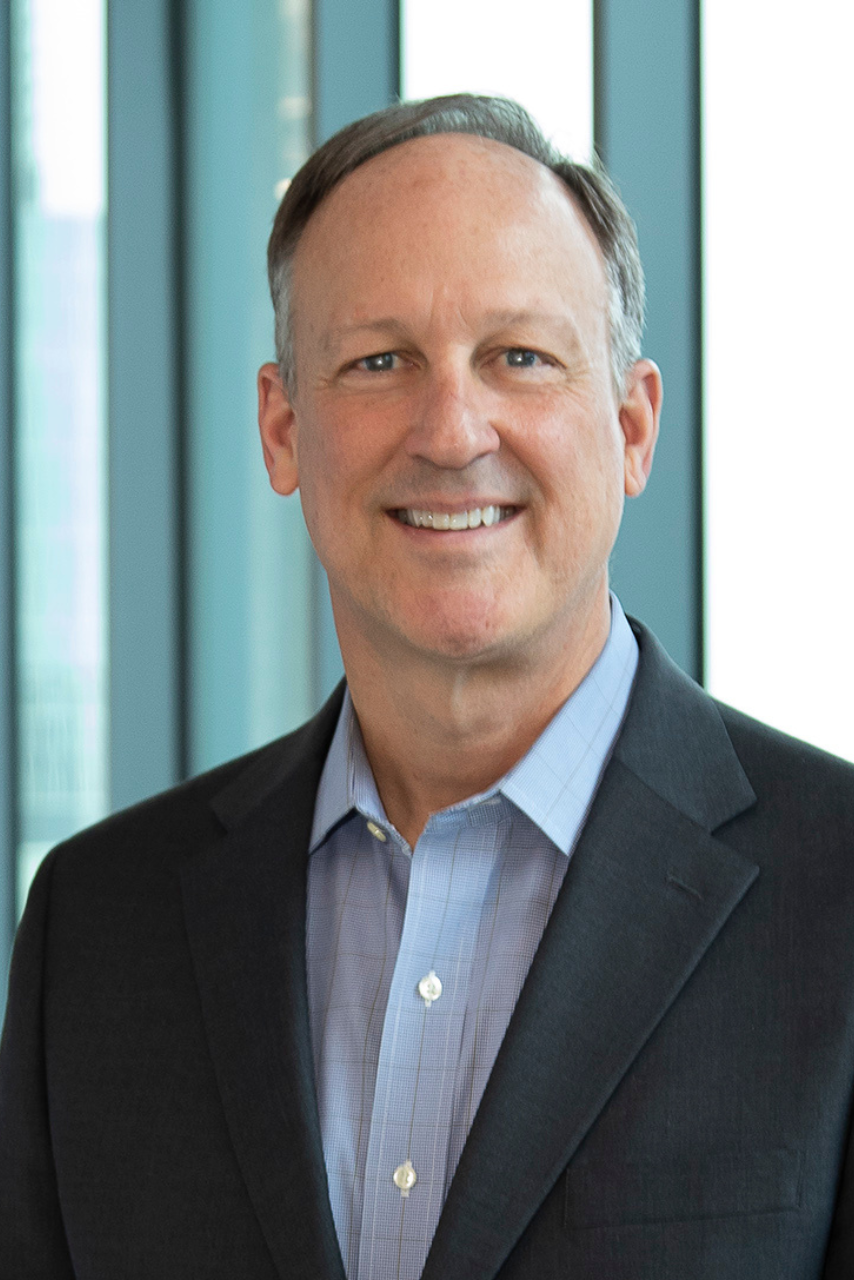6 Questions Every Leader Must Ask During Transitions (1 of 4)

This is the first of a four-part series on the four essential drivers of long-term value for any organizational transition. This article emphasizes the significance of thoroughly understanding the stakeholders who will be affected by an impending change. Future articles will cover topics such as tailoring messaging, dealing with opposition, and reinforcing change.

Organizational transformation is rarely simple and straightforward. Unexpected hurdles frequently derail progress and cause your transformation targets to fall short.
Among the numerous possibilities of obstacles or speed bumps in these transitions, four critical activities usually result in the highest likelihood of success. The first success driver in this series is recognizing the roles and individuals who will be affected by a proposed change. It may appear elementary, yet excelling at this evaluation sets a solid foundation on which to build the other three long-term value drivers.
It’s more than just superficially acknowledging. Following the creation of your shared vision, devote time and resources to identifying and evaluating impacted stakeholders. Conduct a comprehensive, deliberate assessment to identify or validate assumptions, and provide insights that will guide a large portion of your following strategy (think communications and training). Failure to do so is just guessing, like leading with a blindfold on.
Based on my years of leading companies and organizations through transformations of all kinds and sizes, I recommend some tips to consider. As you prepare for your next big transition, incorporate these practical, measurable activities into your change playbook.
1. What is significant about this group or role? Understanding their viewpoint on workplace success and the values they hold dear can provide you with useful material for personalized messages. Examples include safety, quality, speed of delivery, family priority, data accuracy, or countless other views.
2. Can you reach a personal level? If you lead a smaller business, you may be able to use the preceding recommendation on an individual basis. For example, consider how your suggested change would affect your CFO, who is a single mother of two teenagers. Could the change have an adverse effect on her hours, skills, or location?
3. How homogenous is this group? You may discover a solidarity mindset; this can either be favorable (if they support your change) or extremely tough (if they oppose). If your target group is large and general (e.g., physicians), segment them into logical cohorts with similar characteristics or values (e.g., cardiologists, locums, nurse practitioners, and so on). You likely will discover differing needs and expectations.
4. What are the variations of change for each role? Dig deep. Explore the many ways a transition may produce ripple effects across a particular group. Examples include (1) frequency: is this a one-time change or will it have multiple occurrences? (2) effort: what is the degree of departure from the current state? or (3) type: are they altering perception (attitude) or processes (behaviors)…or both?
5. Are your assumptions accurate? After you completed your initial stakeholder analysis, dedicate time with a representative sample from each group to share your insights. Validate or modify them to better “capture” that stakeholder. The team members you ask will appreciate your thoughtfulness and may become your most ardent advocates for change.
6. Where else can you leverage these insights? Preserve stakeholder findings to maximize your ROI; consider them as a long-term investment. How might the knowledge you gain apply to leadership development, HR benefits, recruiting strategies, or similar?
Knowing the roles that the change will impact goes deeper than uncovering their WIIFM (what’s in it for me?). Learnings from thoughtful stakeholder assessments can yield opinions, reservations, misinformation, and other data that can inform how you communicate in ways most meaningful and beneficial to them. Dedicate extra time and effort in this first driver to reap rewards throughout the transition.

Gary McClure is a senior consultant at Thrivence, a consulting firm specializing in strategy, leader development, organizational performance, and technology. For more than 15 years, Gary has led organizational transformation initiatives and taught leaders how to navigate successful change. He can be reached at gary.mcclure@thrivence.com.



